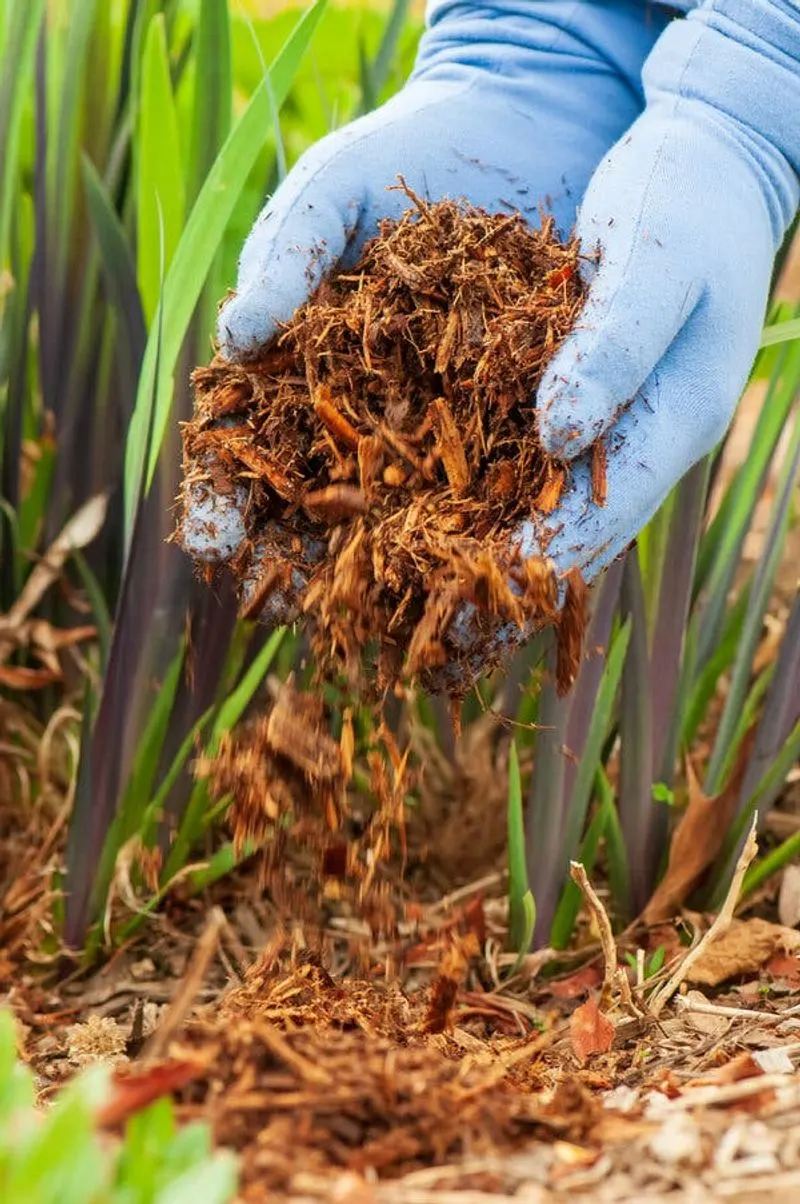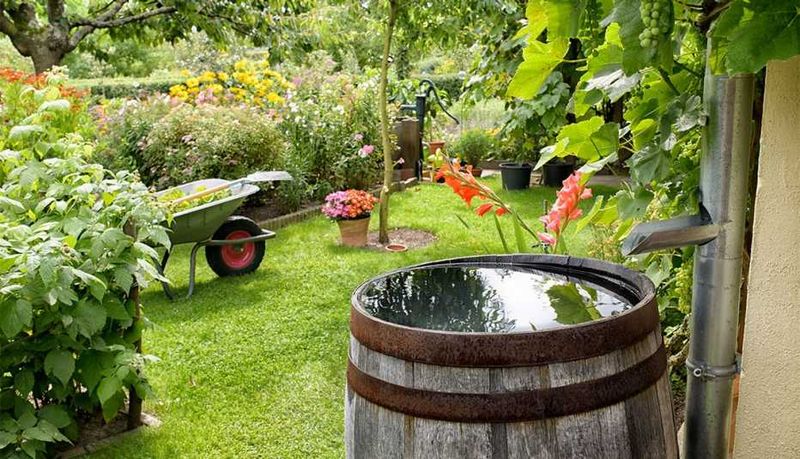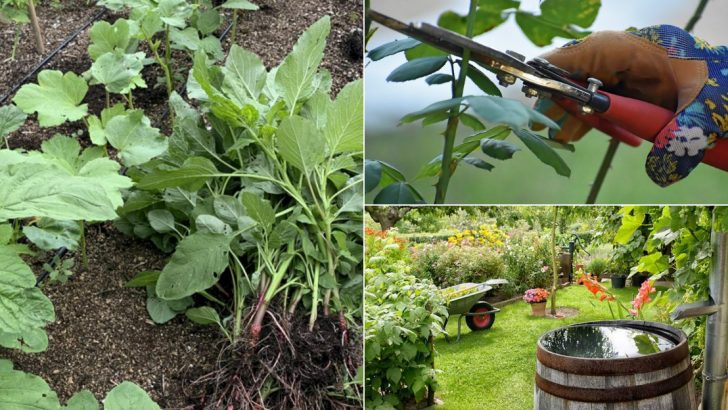I skipped the chores. And my garden didn’t die—it thrived. There. I said it. No endless raking, no frantic fertilizing, no guilt. Just a little trust in the dirt and a whole lot less stress. We’re told spring is go-time. We rush in with gloves, tools, and a to-do list longer than a cucumber vine. But what if some of those tasks are just… busywork? What if skipping a few is actually the secret to a stronger, happier yard? I tested it. Ignored the mulch. Let the leaves lie. Skipped the “must-do” pruning. And the result? More butterflies. More blooms. Way fewer regrets. Come see what I ditched—and why my garden (and my back) are better for it.
Weeding

Surprisingly, skipping the weeding chore allowed my garden to flourish more naturally. The weeds, while usually considered pests, actually provided some unexpected benefits. They helped retain moisture in the soil by providing a natural ground cover. In addition, certain weeds attracted beneficial insects that helped pollinate my plants.
Instead of fighting against nature, I worked alongside it, which resulted in a more balanced and thriving ecosystem. The weeds that did grow were easily managed later on without harming the overall aesthetic of the garden. Who knew a bit of neglect could result in such lush greenery?
Mulching

Forgoing mulching might sound counterintuitive, but it surprisingly led to some delightful discoveries. Without the mulch, I noticed that the soil warmed up faster in the spring sun, which encouraged early growth of some plants. This lack of cover also meant the soil stayed more aerated.
While mulching protects against weeds, I found that my regular plants thrived without it. The absence of mulch didn’t hinder their growth—it allowed them to spread and fill in spaces naturally. This experiment made me rethink how much my garden truly needed artificial intervention.
Pruning

Skipping the pruning phase was like giving my plants a wild hair day—untamed and full of life! I discovered that some plants bloomed more abundantly when left to their own devices. The unpruned branches provided additional shade, which helped keep the soil moist and cool.
The untouched shrubs added a natural aesthetic that blended beautifully with the rest of the garden. Rather than looking unruly, they appeared vibrant and full of character. This approach encouraged a diverse range of wildlife, offering shelter to birds and insects alike.
Fertilizing

In a bold move, I skipped fertilizing and let my garden feed off what nature provided. Amazingly, the plants adapted and grew strong, relying on the natural nutrients available in the soil. This allowed the garden to become more self-sustaining over time.
The absence of chemical fertilizers resulted in fewer pests, as the natural balance of the ecosystem was maintained. My plants didn’t just survive; they thrived with a rich diversity of colors and textures. It was a wonderful lesson in the resilience and adaptability of nature.
Watering

In an effort to conserve water, I reduced my watering routine significantly. This shift forced my plants to develop deeper root systems, making them more drought-resistant. It also encouraged a natural cycle of growth, relying on seasonal rains.
The garden became more self-reliant, and the plants learned to survive with less water, making them stronger and healthier. With this approach, I realized the importance of allowing nature to take its course. My garden’s resilience was a true testament to the beauty of letting go and trusting the natural process.

